PART.2
When the fishermen became farmers and herders
The Mesolithic period was the “Golden Age” of fishing in the Aegean. The impression of abundance of aquatic resources and of a systematic fishing of large fish does not appear again in the following millennia. After the 7th millennium BC, during the so-called Neolithic period, agriculture and animal husbandry were adopted throughout the Hellenic Peninsula, as the basis means of subsistence. The exploitation of aquatic resources, marine, fluvial or lacustrine, was considerably reduced. The contribution of fish and seafood to the diet did not even come near that of ovicaprids, pigs and cattle.
Exceptions to this situation are special locations with rich aquatic ecosystems, where fishing and shellfish gathering remained important. Even technologies that had their roots in the Mesolithic, such as the bone fish hooks, were still in use. In the Neolithic settlement of Dispilio, for example, on the shores of Lake Kastoria, fishing and gathering of fresh water shellfish were particularly important. The same is true for another Neolithic settlement, at Kryoneri, near Amphipolis, on the banks of Strymon river, very near its eustuaries. The Neolithic fishermen there caught gray mullets and various fresh water fish such as carp, tench, great catfish and also eels. These eels from Strymon river became very famous a few millenia later in the markets of ancient Greece. Fishing was also intensive on various coastal locations, especially on islands, such as at Agios Petros on Sporades.
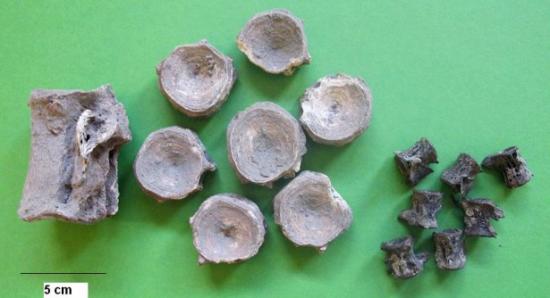
Fig. 6. Fish bones of cat fish (Silurus glanis) and gray mullets (Mugilidae) from the Neolithic settlement of Kyroneri, near the estuary of Strymon River.
In this period, shellfish was collected not only for food but also for other uses. The thorny oysters (Spondylus gaederopus) for example were collected on the shores of Aegean, modified into bracelets and through a complex network of exchanges traded to far away places such as Central Europe.
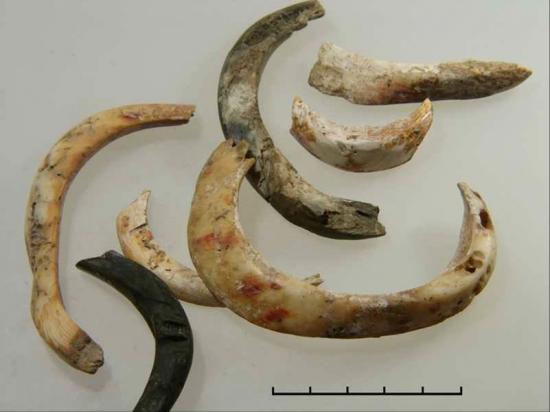
Fig. 7. Neolithic ornaments made of thorny oyster shell (Spondylus gaederopus) (Photo: Fotis Ifantidis).
Fishing in the age of Palaces
Research on the Bronze Age (3rd and 2nd millenia BP) provides a much more detailed picture of fishing. This era is characterized by the existence of organized cities, of centralized administration and bureaucracy, of extensive trade networks and the presence of a clear social hierarchy. In this era the sea and its creatures provided a wide range of decorative motifs (fish, tritons, argonauts, sea weeds, boats, etc.) all of which became very popular in art. The so called “marine style” pottery is an example of this trend. This popularity of marine motifs in art suggests the existence of a complex system of signification and ideas around the marine world.
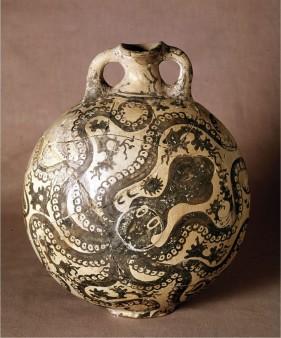
Fig. 8. Marine style jag, ca 1500 BC with octopus, rocks and seaweeds (Source: Museum Syndicate).
In the Bronze Age, people all along the Aegean caught and ate mostly small inshore fish. In the Southern Aegean the picarels and bogues were the most common species, with small annular sea breams, combers, damsel fish, small pandoras and striped sea bream as well as groupers, scorpion fishes, leer fish, baracudas, sting rays and sharks are fairly common. In other words, fishing the Aegean was done in the shallow waters, very near the coasts. The seasonal, migratory fish, such as the tunas and the smaller members of the Scombridae family are much scarcer in the southern part of the Aegean than in the northern part. Fishing tools in this era, as these are known from their material remains and artistic representations appear to be adopted to this fishing zone. The fishing tool kit of the Bronze Age fishermen included bronze fish hooks of various sizes, shapes and configurations, small nets and also larger seine nets, baited baskets and stationery fish traps. Part of the catch were processed to make preserved fish products. The excavations at Akrotiri, Thera, provide ample evidence that the preservation of fish was an elaborate process that created a variety of different products.
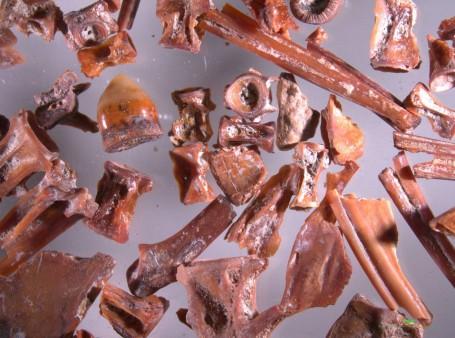
Fig. 9. Fish bones from Akrotiri, Thera. They are all from very small fish of the shallow waters.
The collection of shellfish for food follows a similar pattern, taking place in the shallows. Top shells, limpets and crabs were regularly eaten, occasionally in very large quantities. A clear differentiation is, however, evident. Fishermen turned to deeper waters to catch molluscs of a special use. Pen shellfish, purple shellfish and tritons are such examples. The pearly interior of the pen shells were cut and used as inlays, the triton shells, modified or not, were used as ordinary ladles or in special circumstances as ceremonial rhyta. The purple shellfish, from ca 1800 BC onwards, were used in large quantities for the production of purple dye on an industrial level. These special uses of shellfish incorporated the sea in spheres other than the nutritional. Shellfish, and by inference the sea itself were increasingly incorporated in the sphere of social competition and ideology.
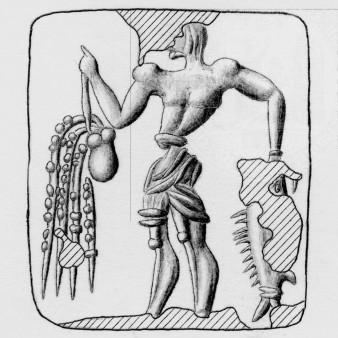
Fig. 10. Seal with a fishermen holding his catch, an octopus and a fish (CMS VI 183).
Conclusions
Research on fishing in Prehistoric Aegean reveals a reality that is both familiar and exotic. The sea and its creatures, the fishing tools and methods, the processing and consumption of fish are very similar to what was known in Greece until a few decades ago. The prehistoric societies however that caught and consumed fish and seafood were different on many levels. The meaning of fish and seafood for these societies also differed.
NOTES
1. 1. This paper is based on: Μυλωνά Δ. (2013), «Αλιεία και αλιευτικά προϊόντα στο Προϊστορικό Αιγαίο»,Πρακτικά 15ου Πανελλήνιου Συνεδρίου Ιχθυολόγων, p. 1-4, and Mylona D. (2014), «Aquatic animal resources in Prehistoric Aegean, Greece», Journal of Biological Research-Thessaloniki 21/1, p. 2.
BIBLIOGRAPHY
-
Μυλωνά Δ. (2013), «Αλιεία και αλιευτικά προϊόντα στο Προϊστορικό Αιγαίο», Πρακτικά 15ου Πανελλήνιου Συνεδρίου Ιχθυολόγων, p. 1-4.Mylona D. (2014), «Aquatic animal resources in Prehistoric Aegean, Greece», Journal of Biological Research-Thessaloniki 21/1, p. 2.
-
Mylona D. (2014), «Aquatic animal resources in Prehistoric Aegean, Greece», Journal of Biological Research-Thessaloniki 21/1, p. 2.